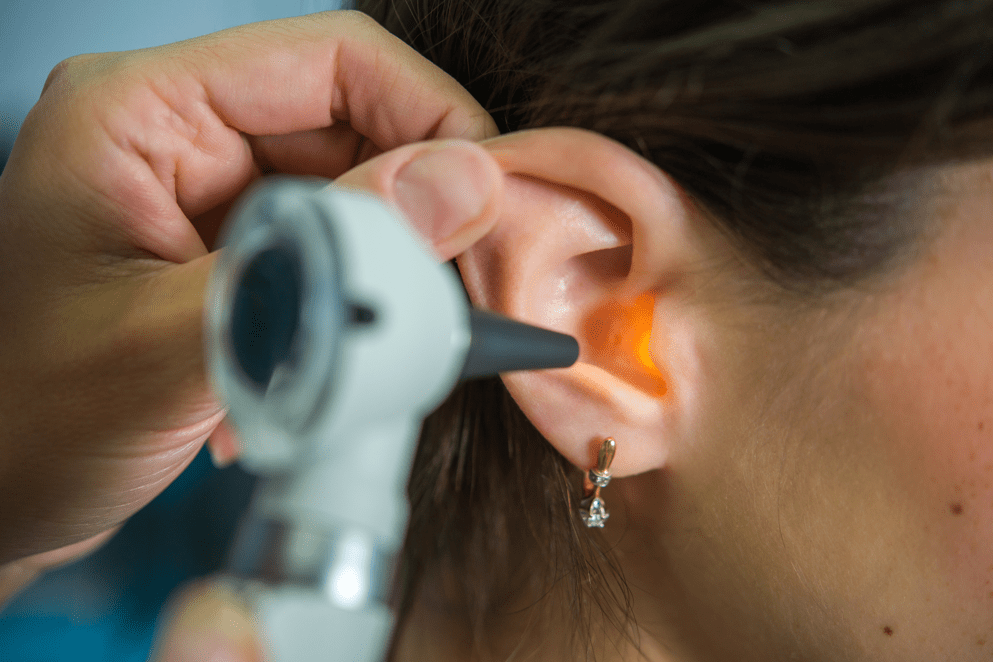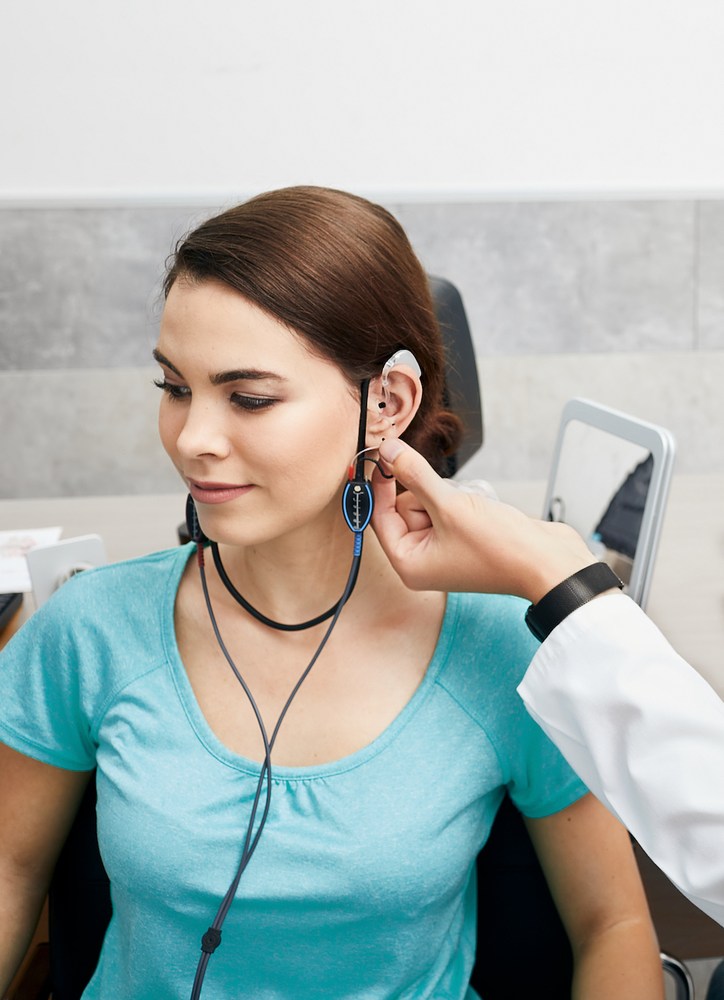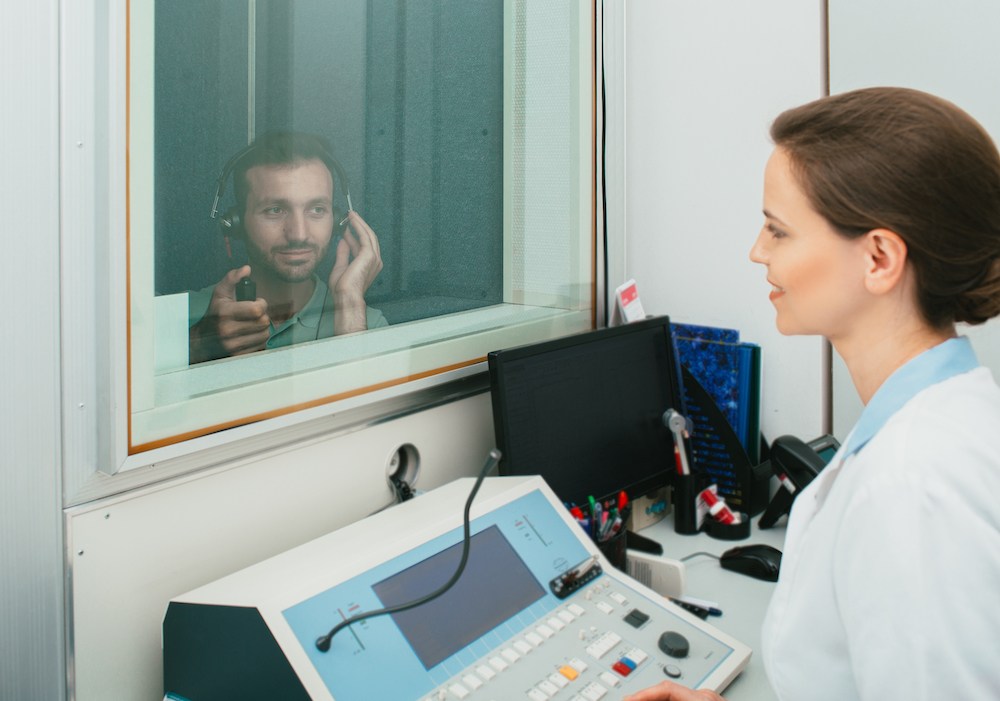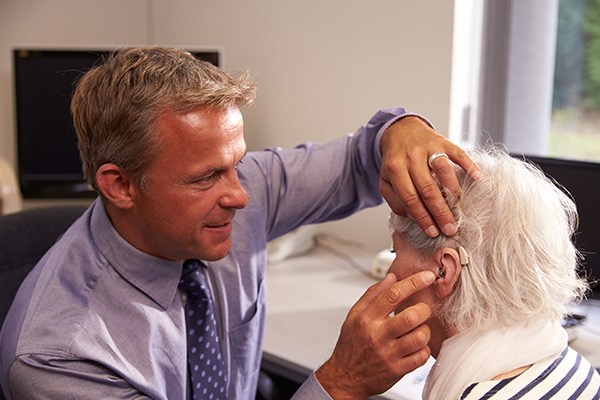Advances in Hearing Test Technology
Hearing tests have come a long way from the basic “raise your hand
We Are Proud to be a VA Provider! SCHEDULE TODAY


Hearing tests have come a long way from the basic “raise your hand

When it comes to hearing, individuals often think about things like ear

Humidity can have an impact on your hearing aids, influencing both their